
Rian Dundon grew up in the San Francisco Bay area, before emigrating to China for six years. On his return to the U.S., he documented the inextricable changes that have transformed his hometown, his neighbors and his friends. He speaks to TIME LightBox.
Leaving home, eventually you find that the same things which drove you out are the ones that pull you back in. Learning to see a place again—and recognizing its richness—is only possible once you’ve spent time away. The big shock is realizing that while you can never truly go home again, you can linger there indefinitely. It turns out leaving is the easy part. Much harder is knowing why you came back.
Northern California is, by all accounts, somewhere special. There is a mythology to the place: the Gold Rush; Haight Ashbury; the modern-day prophets of Silicon Valley. We’ve seen a lot of change here—especially in San Francisco, where my ancestors settled and then fled the fires in 1906, decamping across the bay to a burgeoning Oakland. Big events can give us leave to break free of the people and associations that are holding us back, but it’s humbling how a shift in scenery can reset your perspective. Like moving away or going to prison. Or finding sobriety and someone to share it with. If I’ve learned one thing it’s that change is what defines us. But change can also be its own end. Whether we stay or go, the turmoil of life keeps moving us forward.
After working abroad for a number of years, coming home was a chance to better visualize my own story. Thrusting back into my childhood milieu I longed to rediscover a sense of shared history; to find solidarity with the past. This was my opportunity to address what Lucy Lippard describes as “the dialectic between place and change”. What I failed to recognize was just how much I had already disconnected from the place, and just how much that place had moved on without me. If, as Lippard contends, place is “the locus of desire”, then these pictures represent my yearning for a somewhere that no longer exists.
Homecomings are an established motif in photography. A photographer returns to his point of origin armed with some new perspective on the place, or perhaps with access unknowable to an outsider, to make fresh pictures of the local. The tradition is nearly as established as its inverse (the shooter who ventures outward into the unknown exotic), and yet it is one that could do with greater examination. Suited as it is for distant travel, perhaps photography is even better positioned as a language for explicating memory and history, and the seemingly familiar details that most of us have long since ceased paying attention to.
Rian Dundon is based in Oakland, California.
Mikko Takkunen, who edited this photo essay, is an Associate Photo Editor at TIME. Follow him on Twitter @photojournalism.


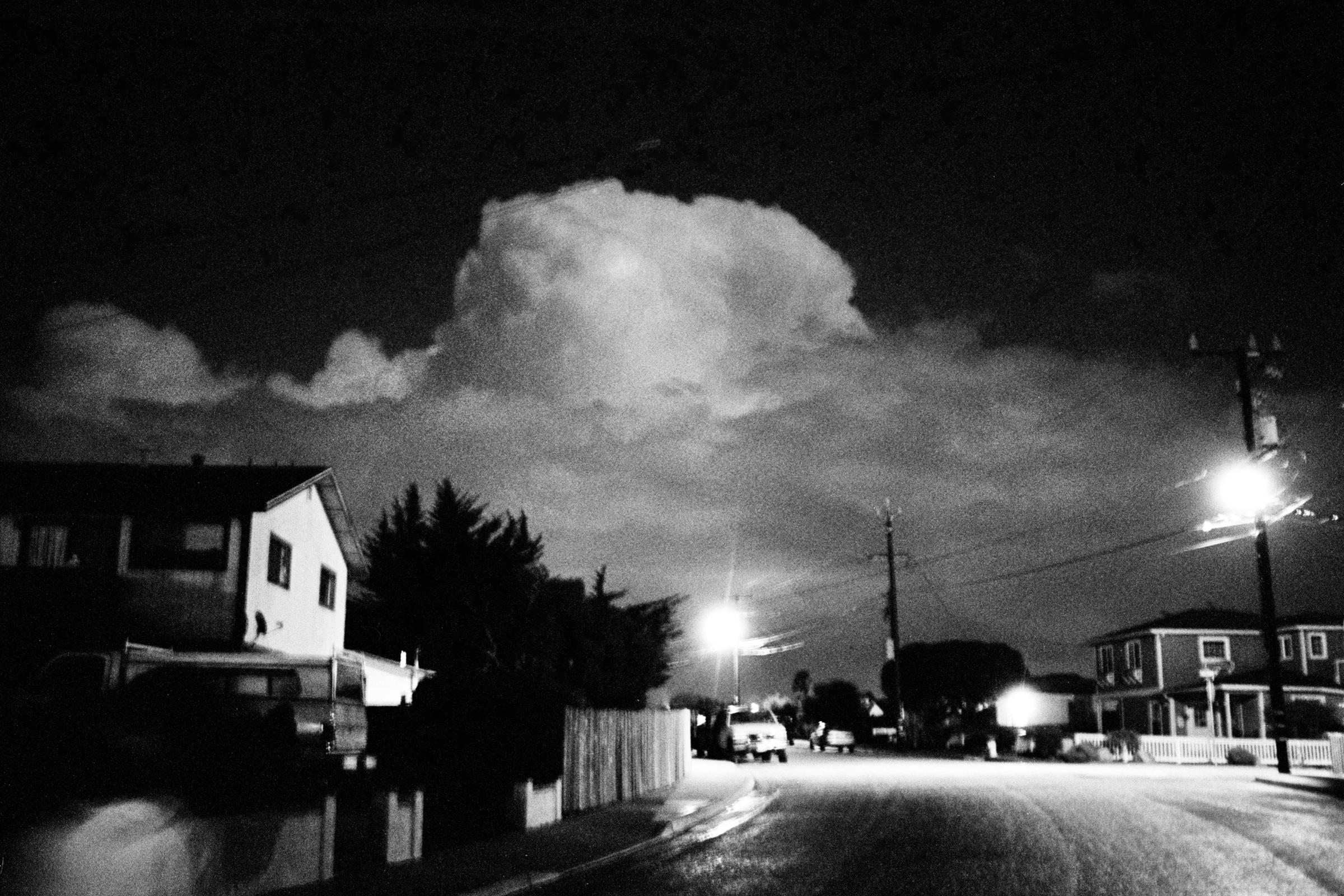
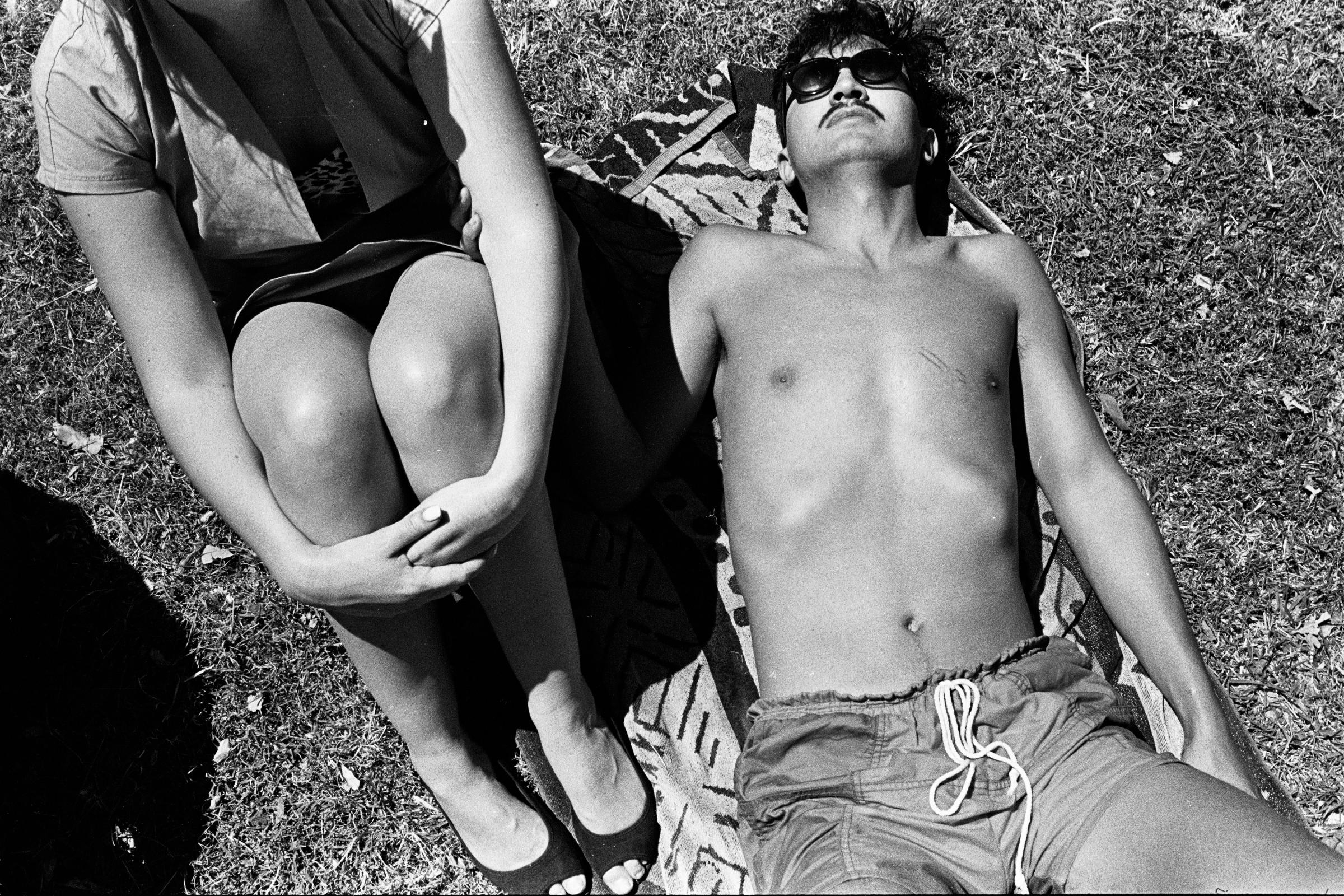
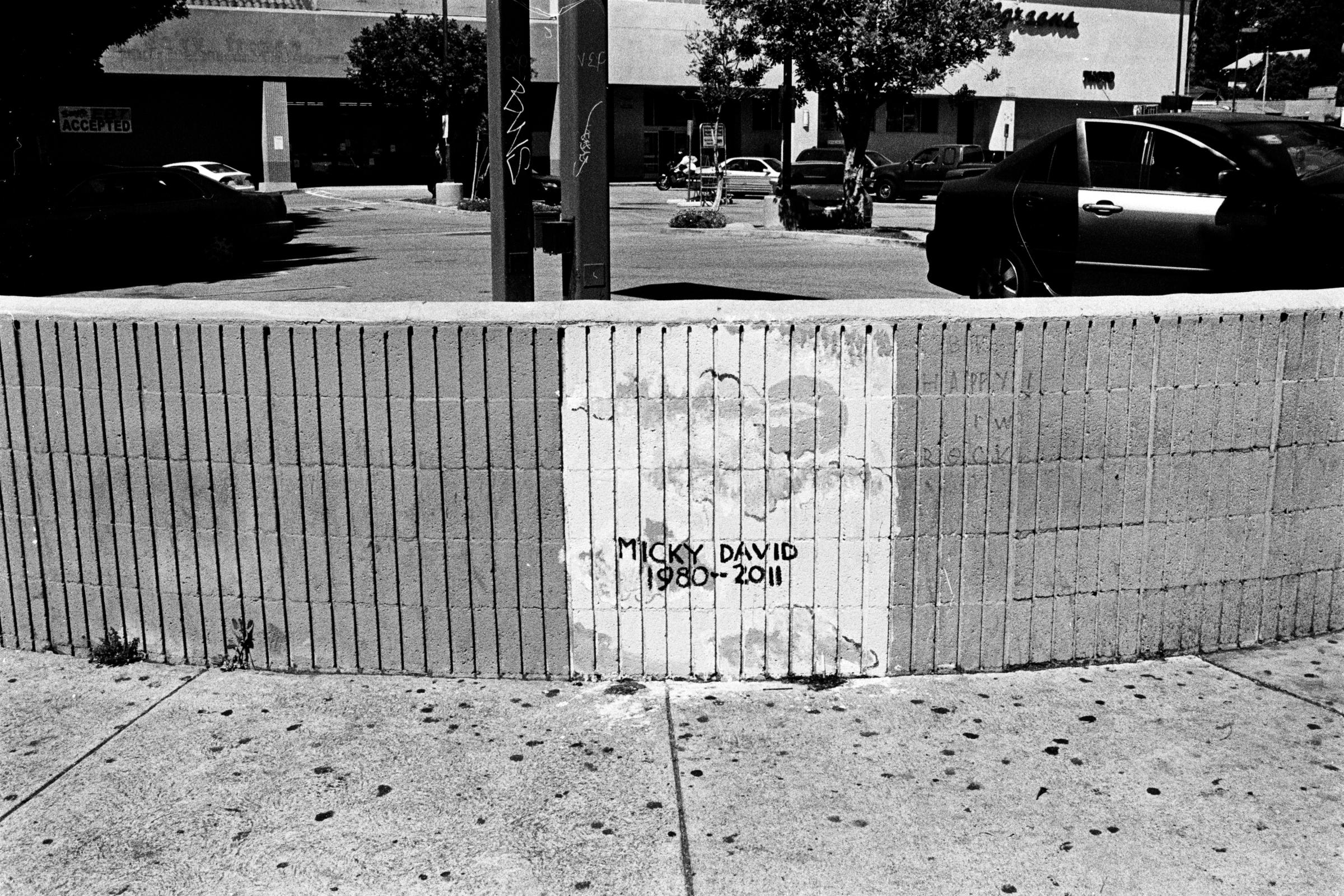
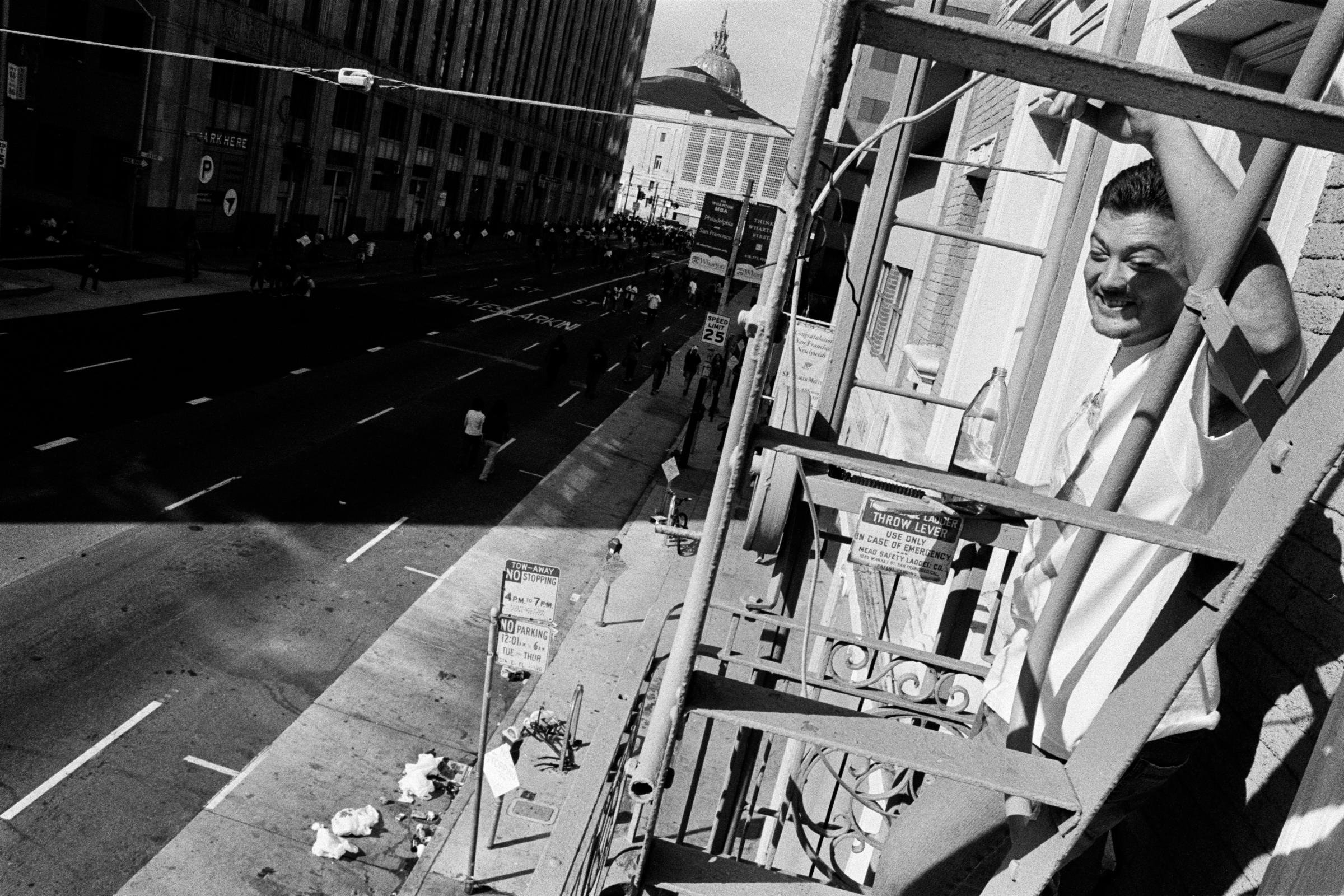
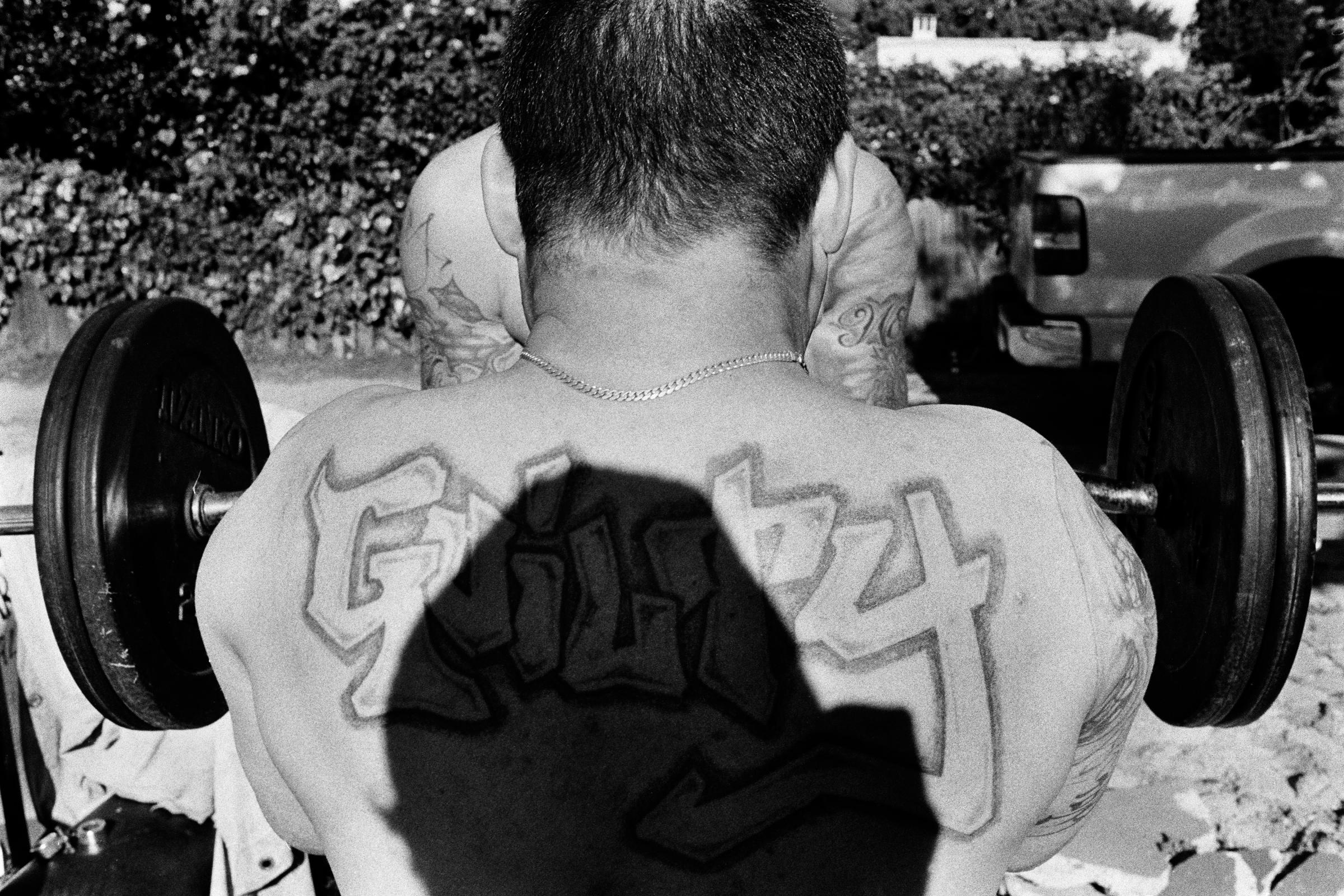


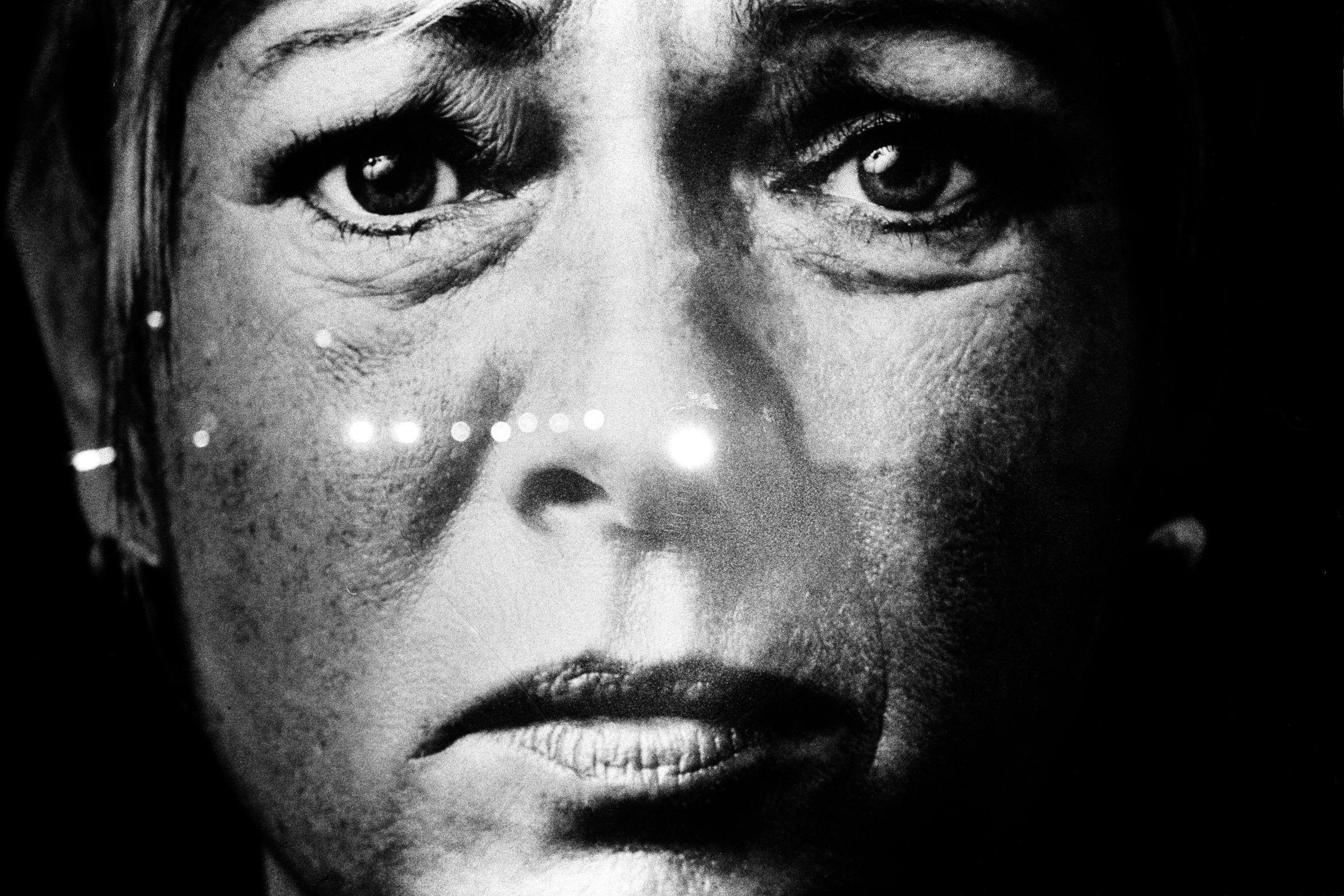
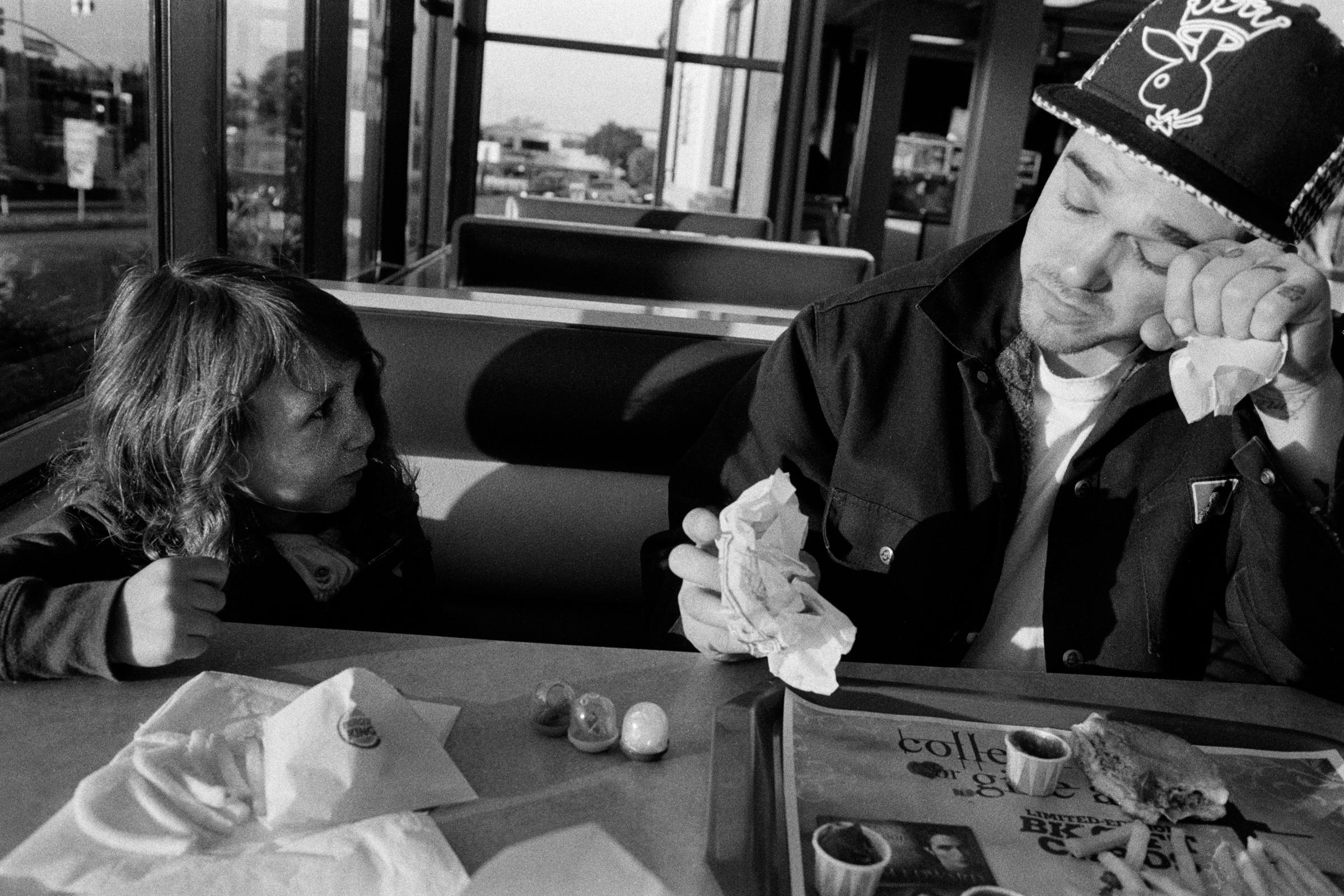
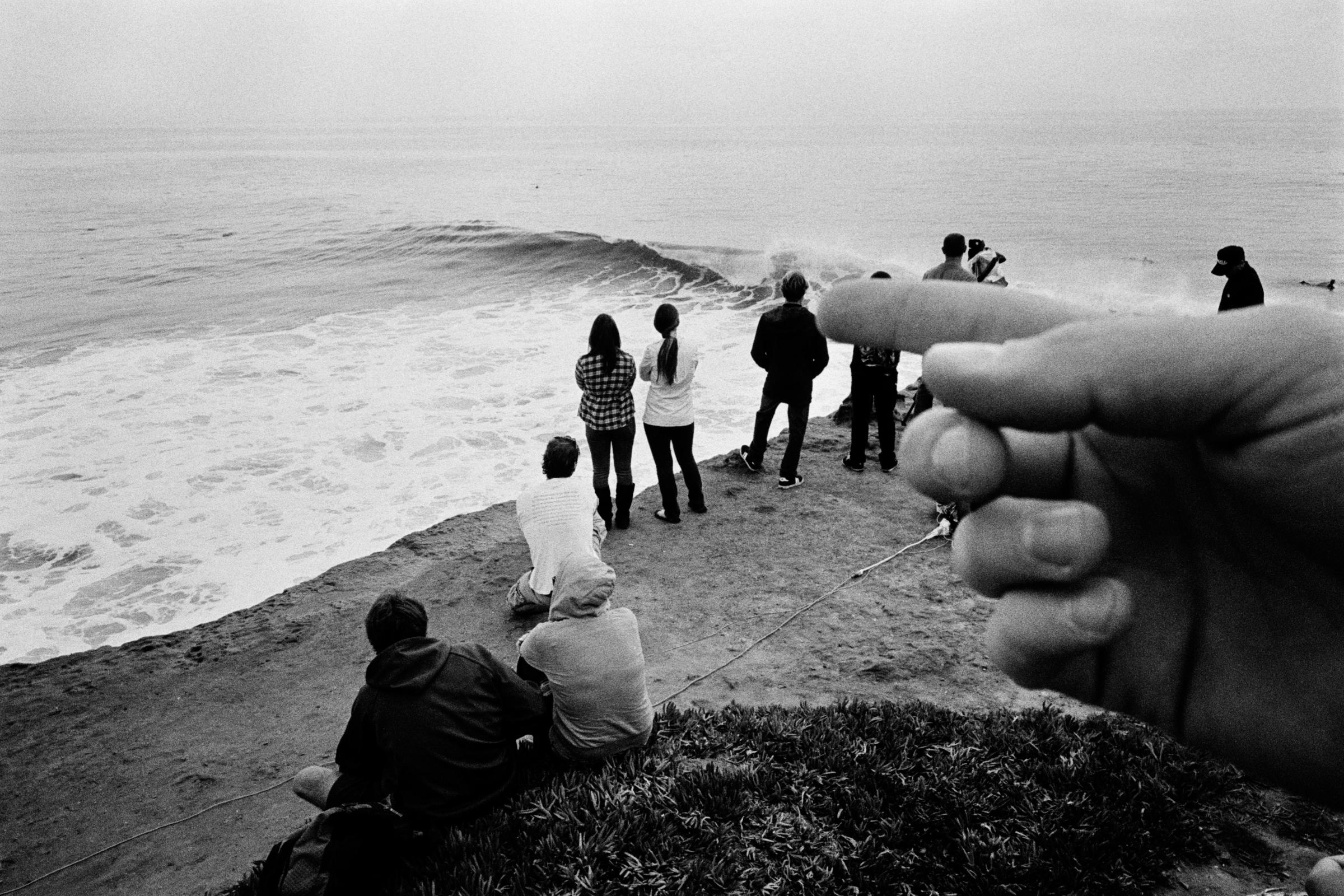
More Must-Reads from TIME
- Donald Trump Is TIME's 2024 Person of the Year
- Why We Chose Trump as Person of the Year
- Is Intermittent Fasting Good or Bad for You?
- The 100 Must-Read Books of 2024
- The 20 Best Christmas TV Episodes
- Column: If Optimism Feels Ridiculous Now, Try Hope
- The Future of Climate Action Is Trade Policy
- Merle Bombardieri Is Helping People Make the Baby Decision
Contact us at letters@time.com